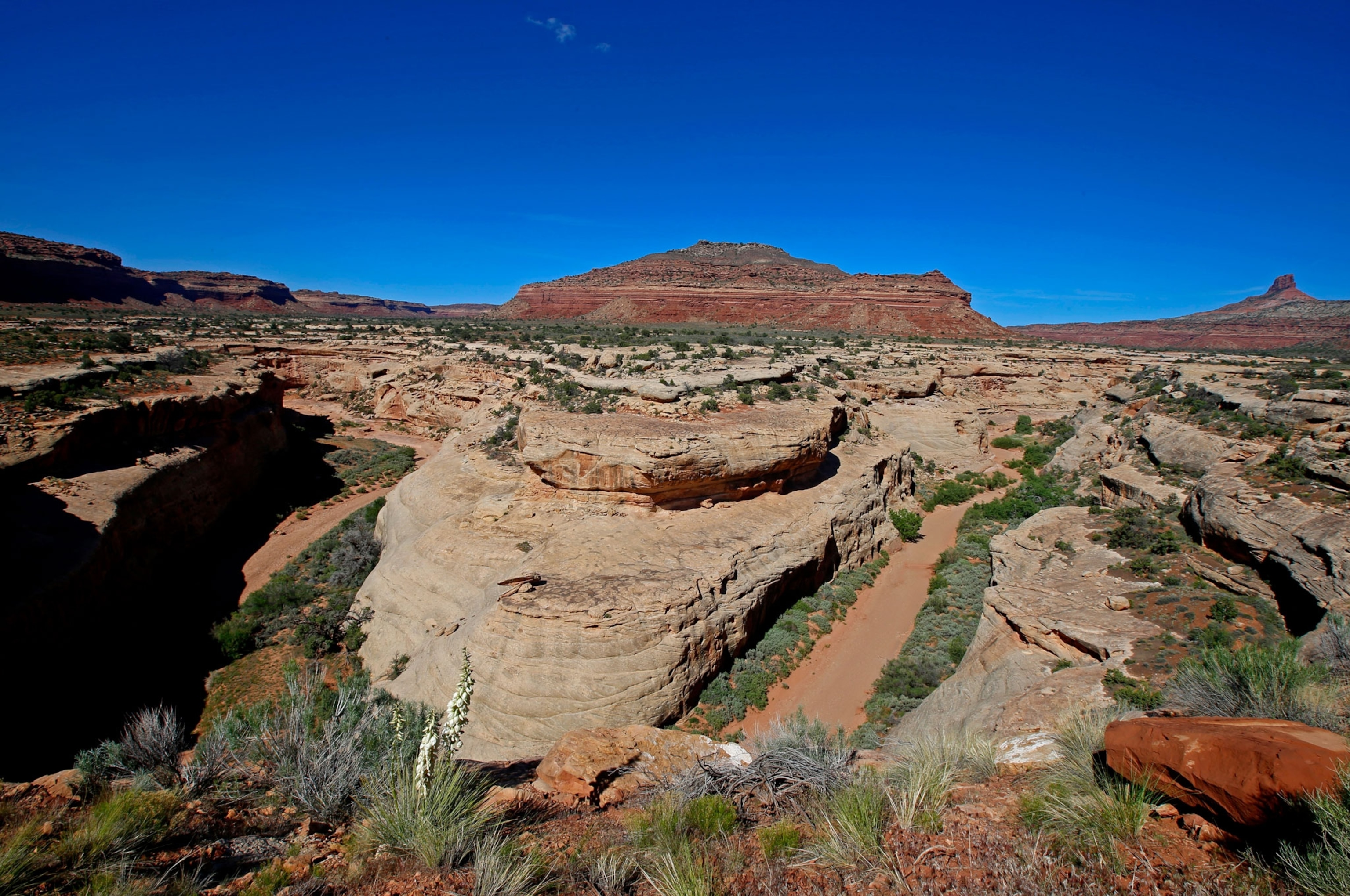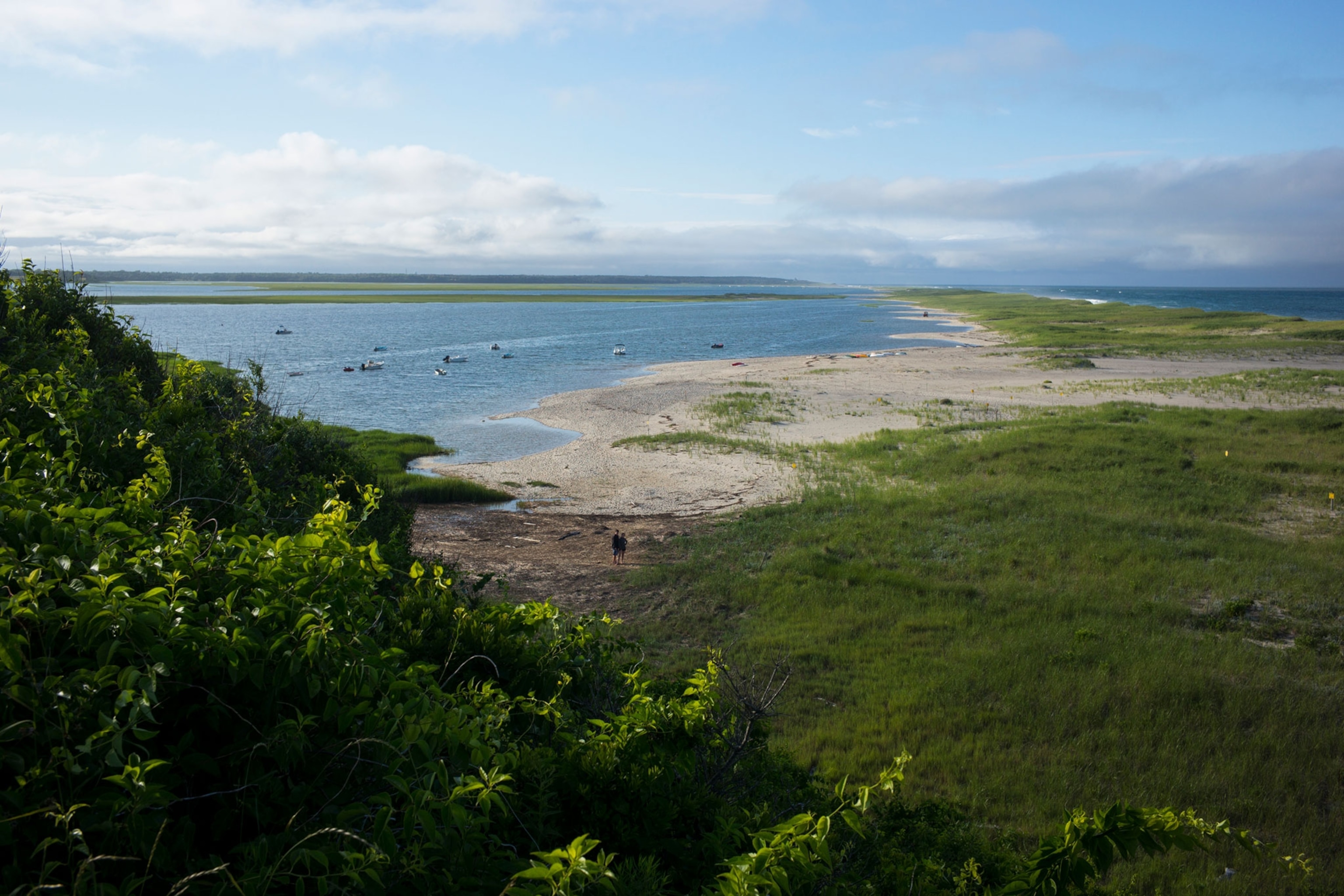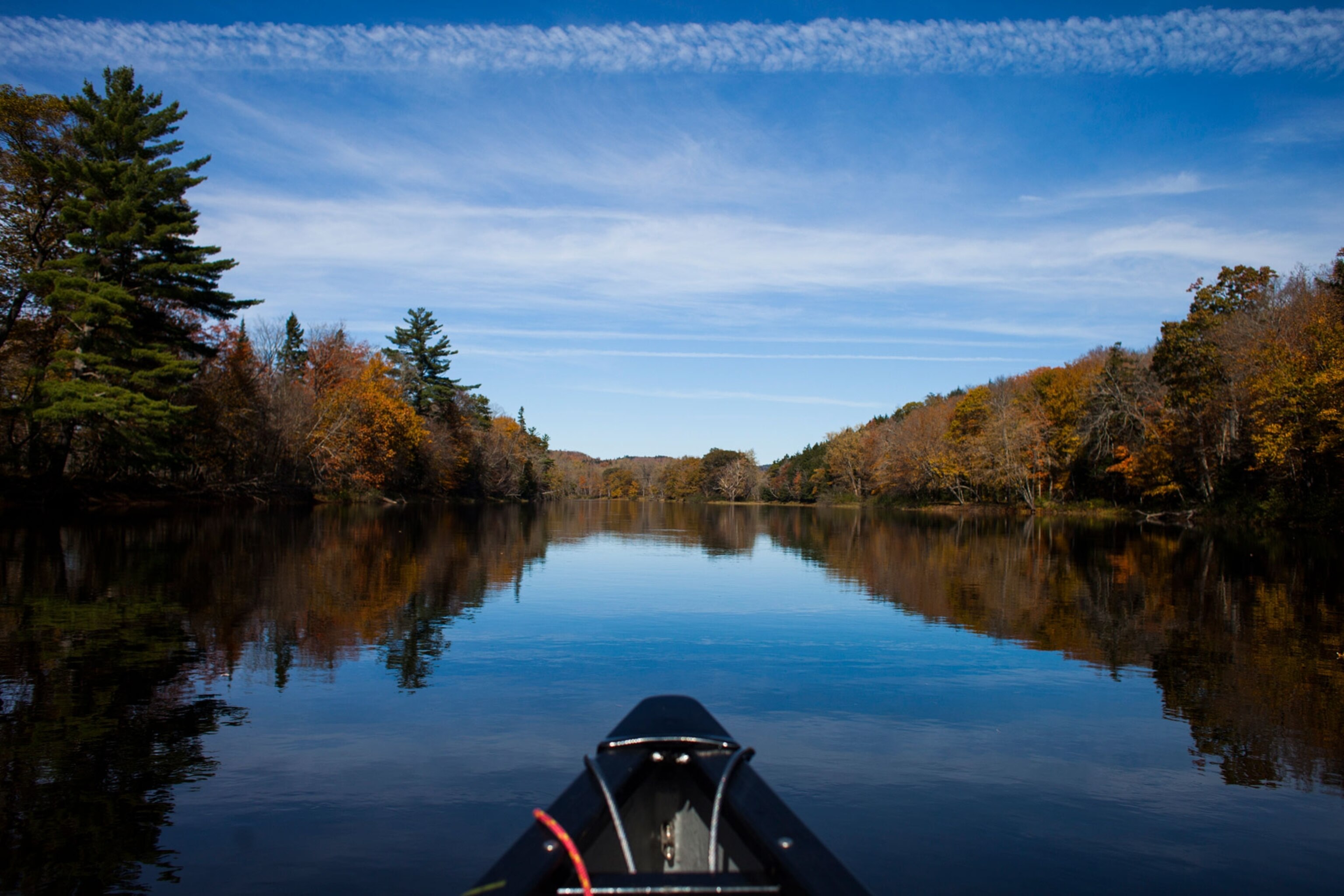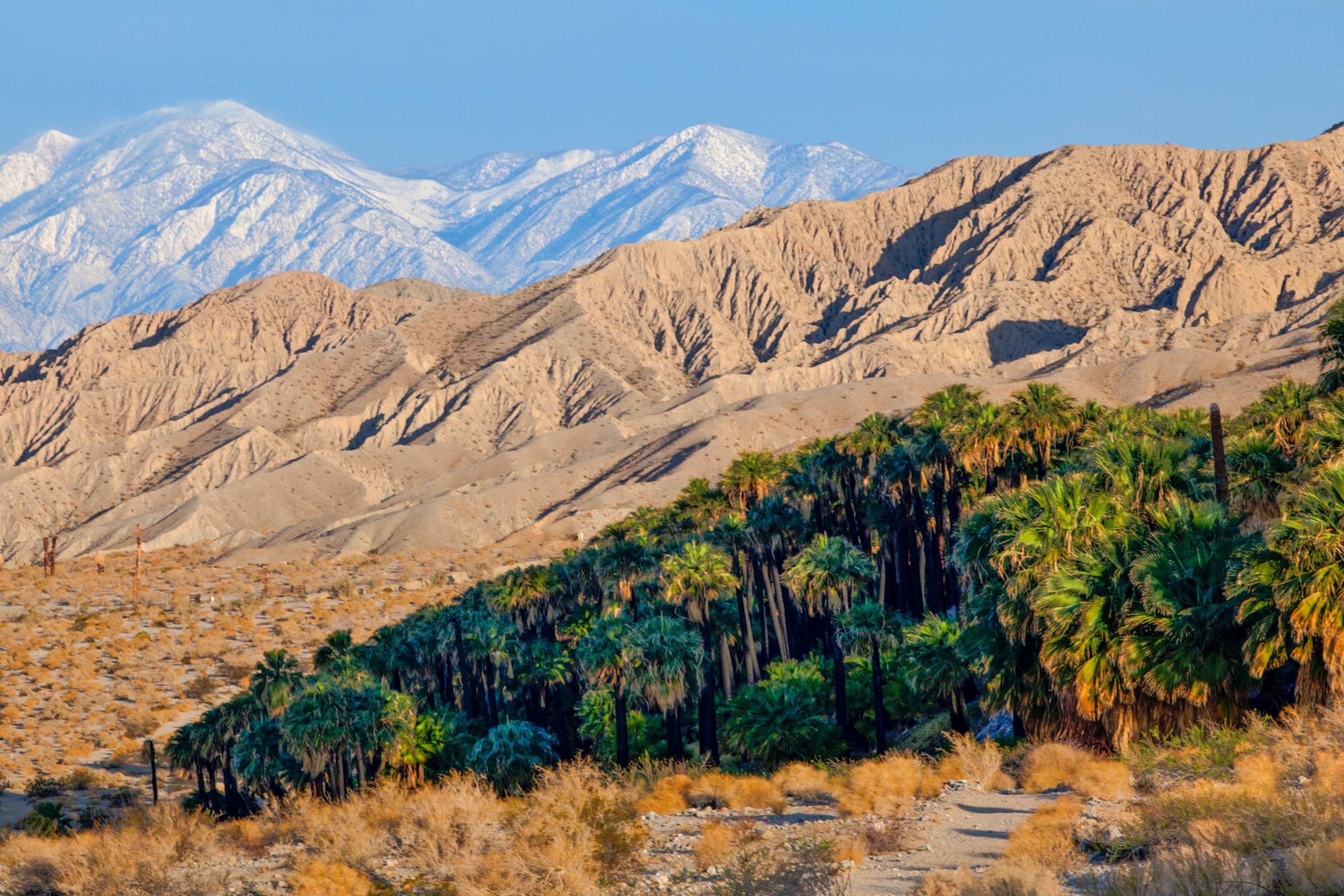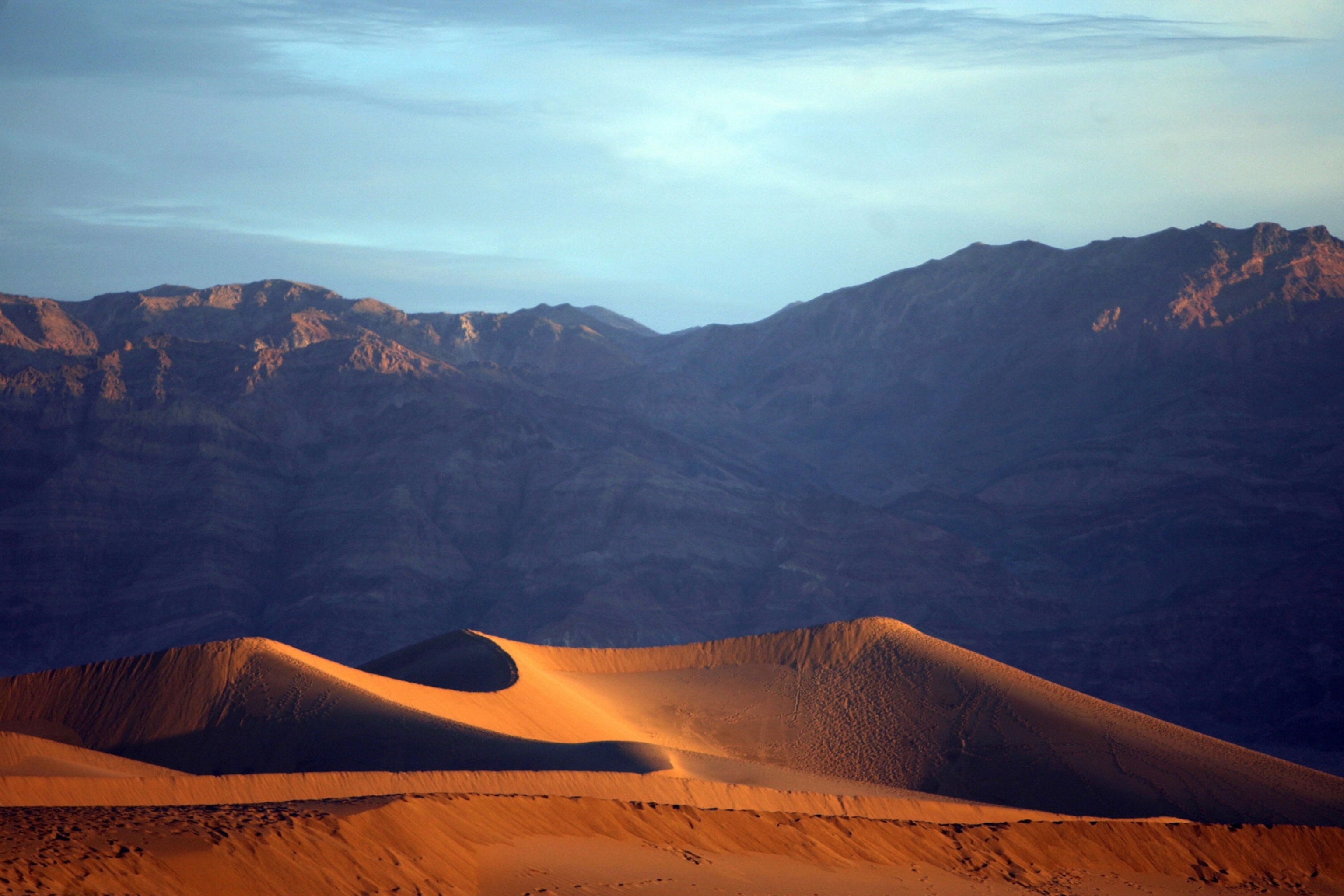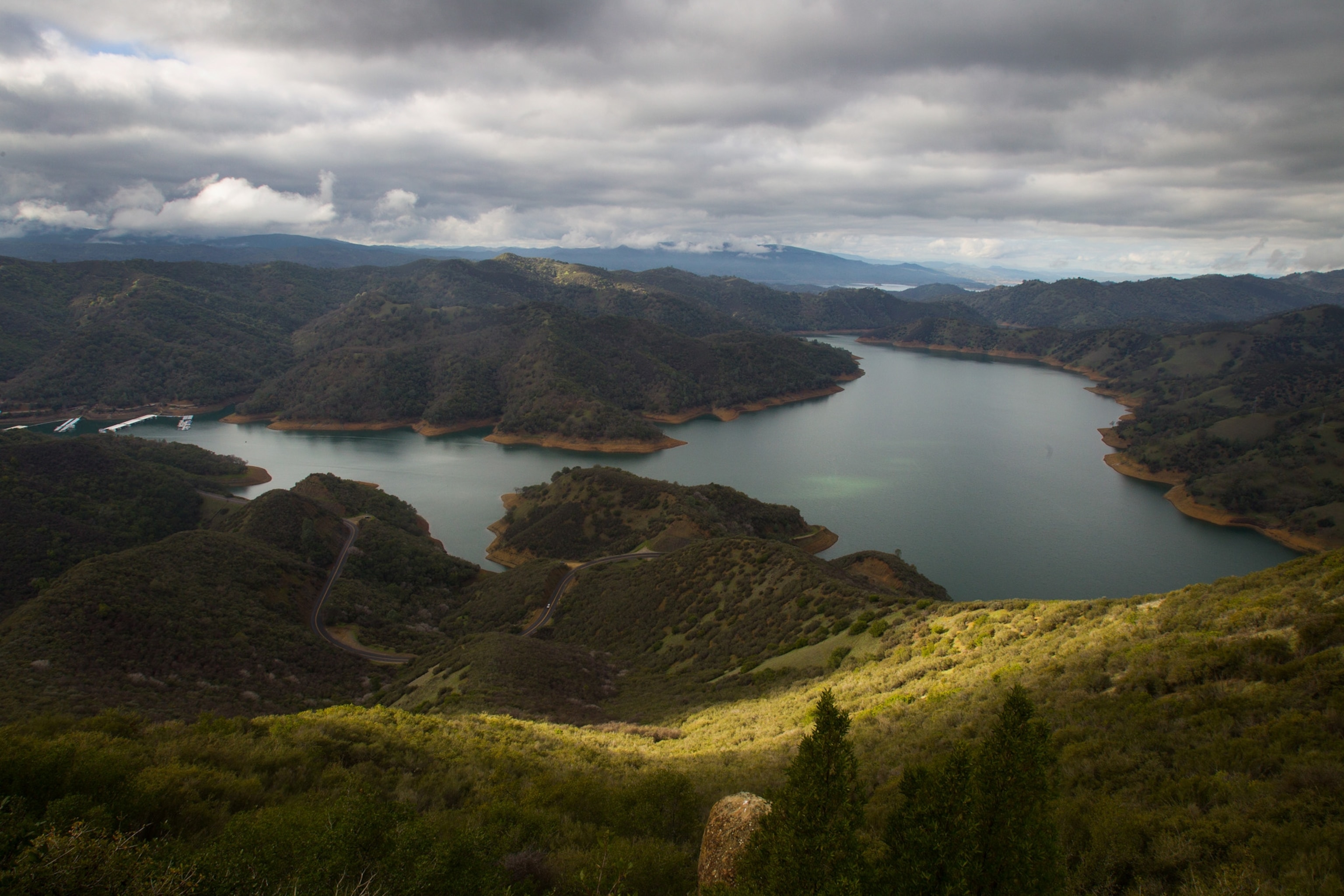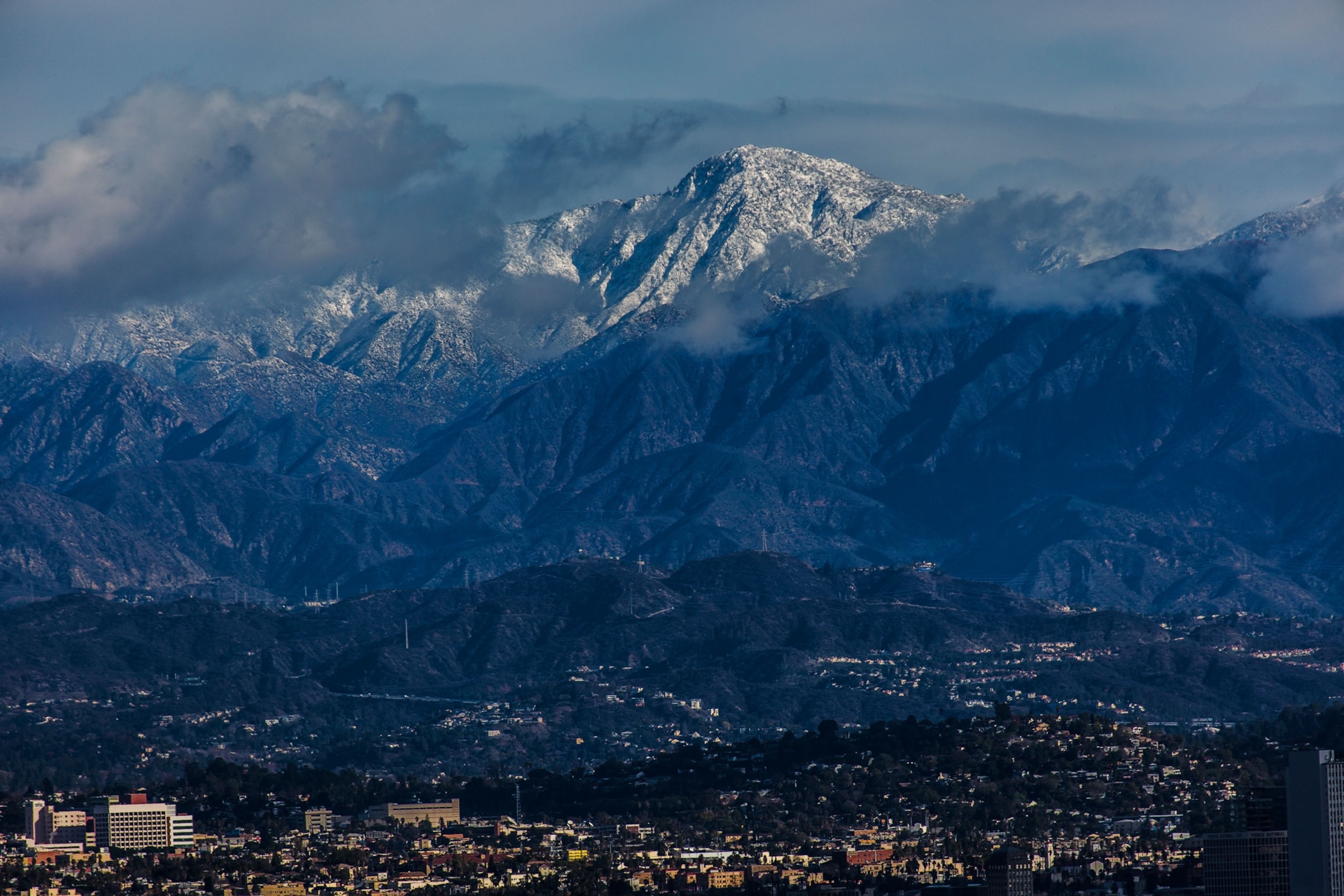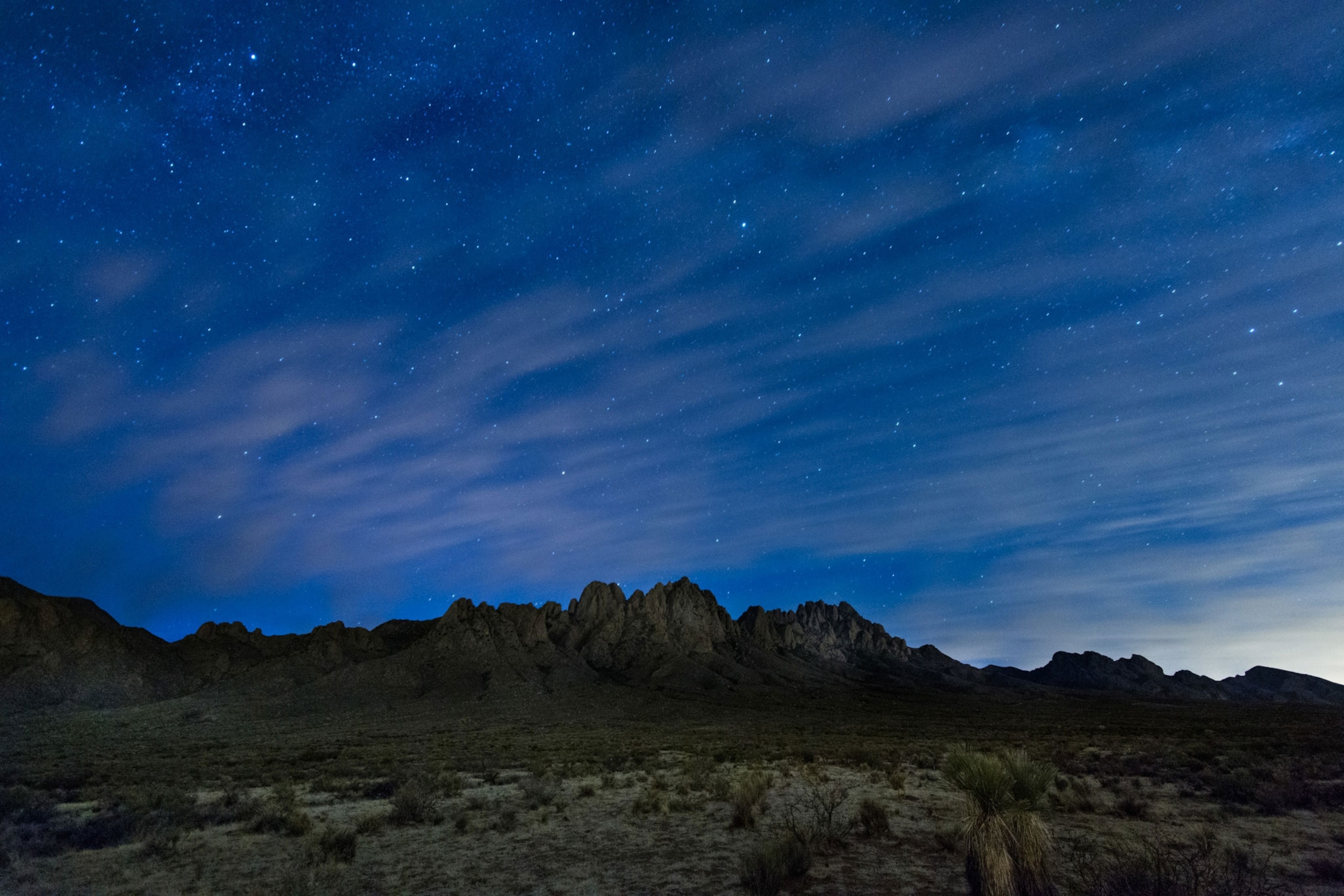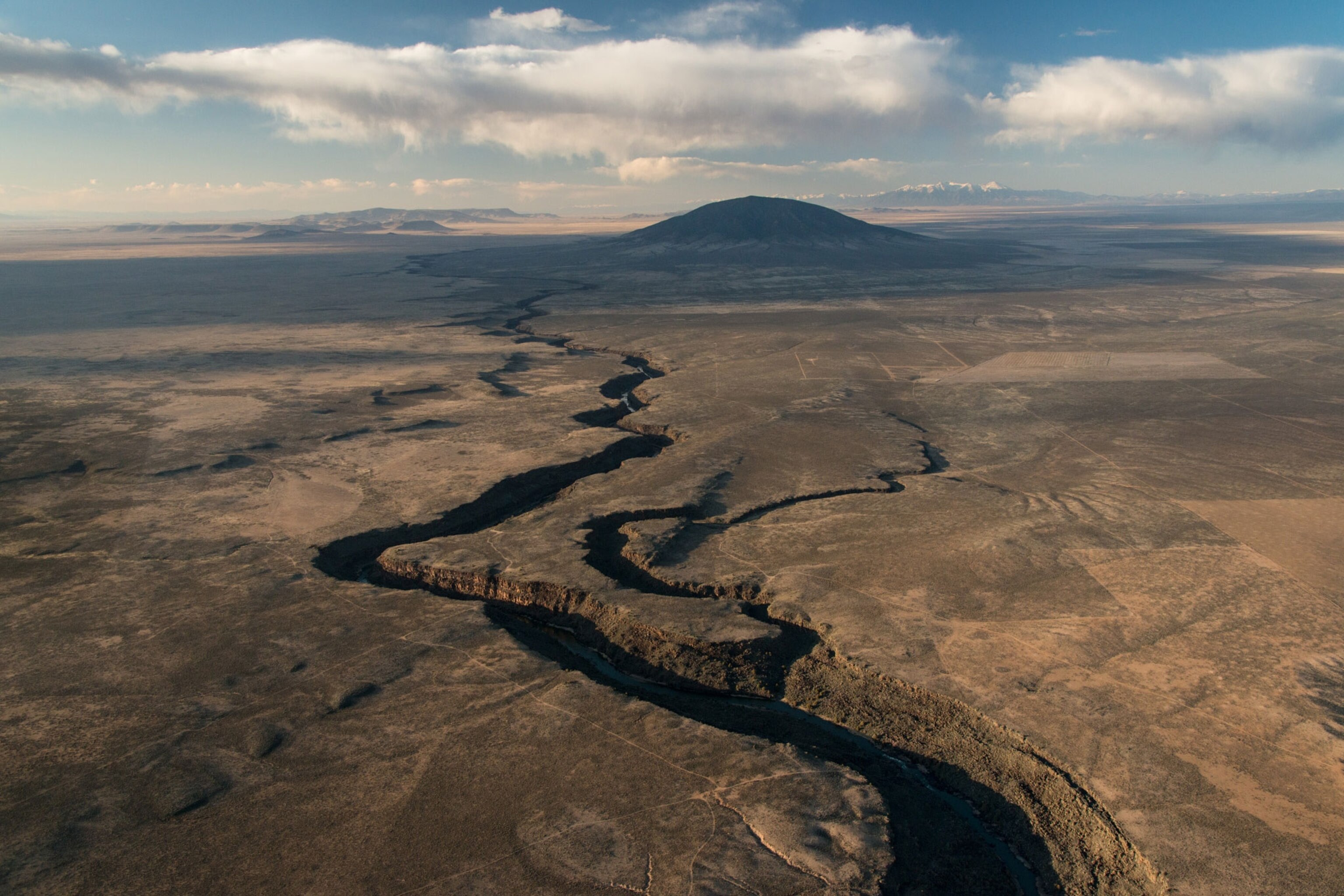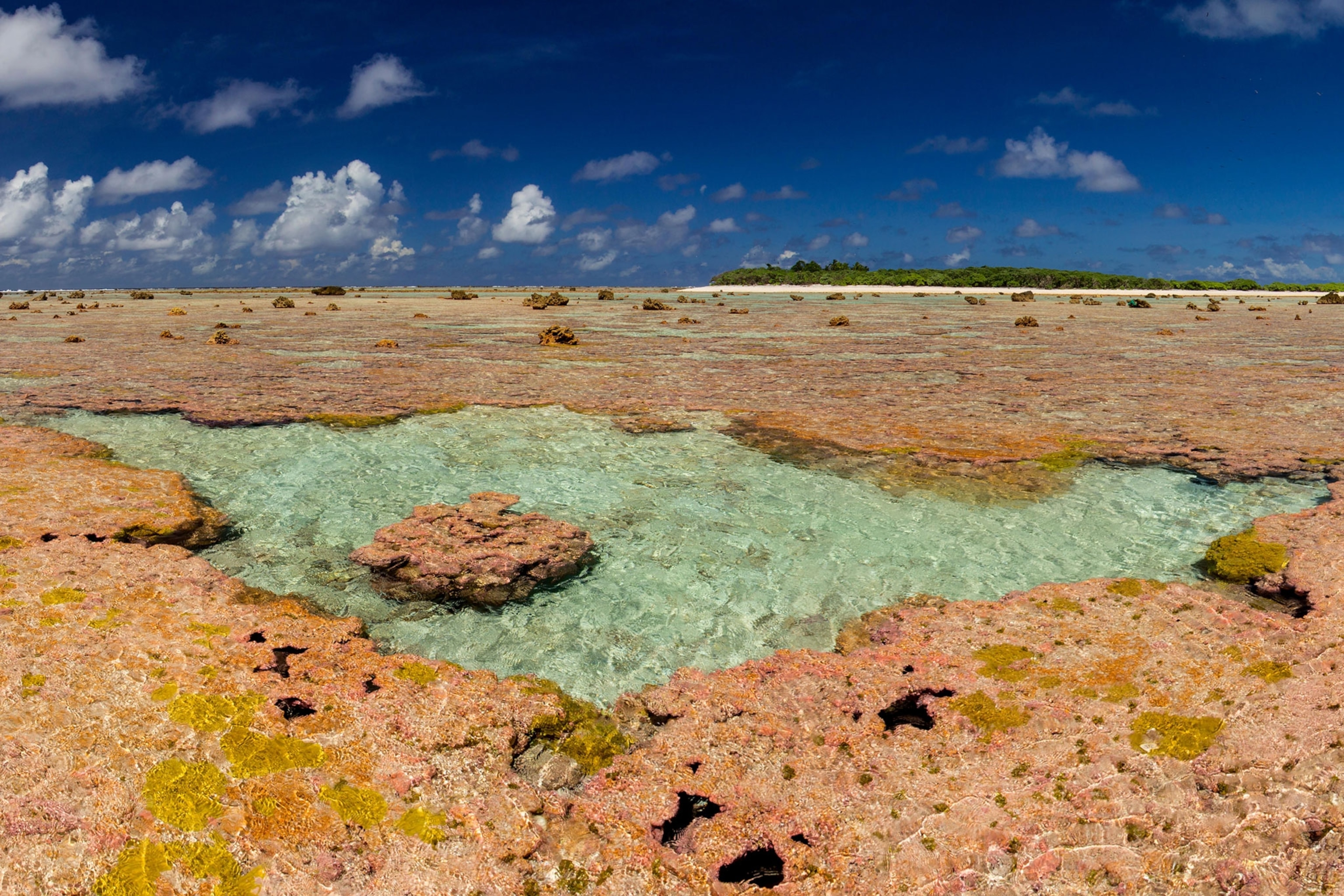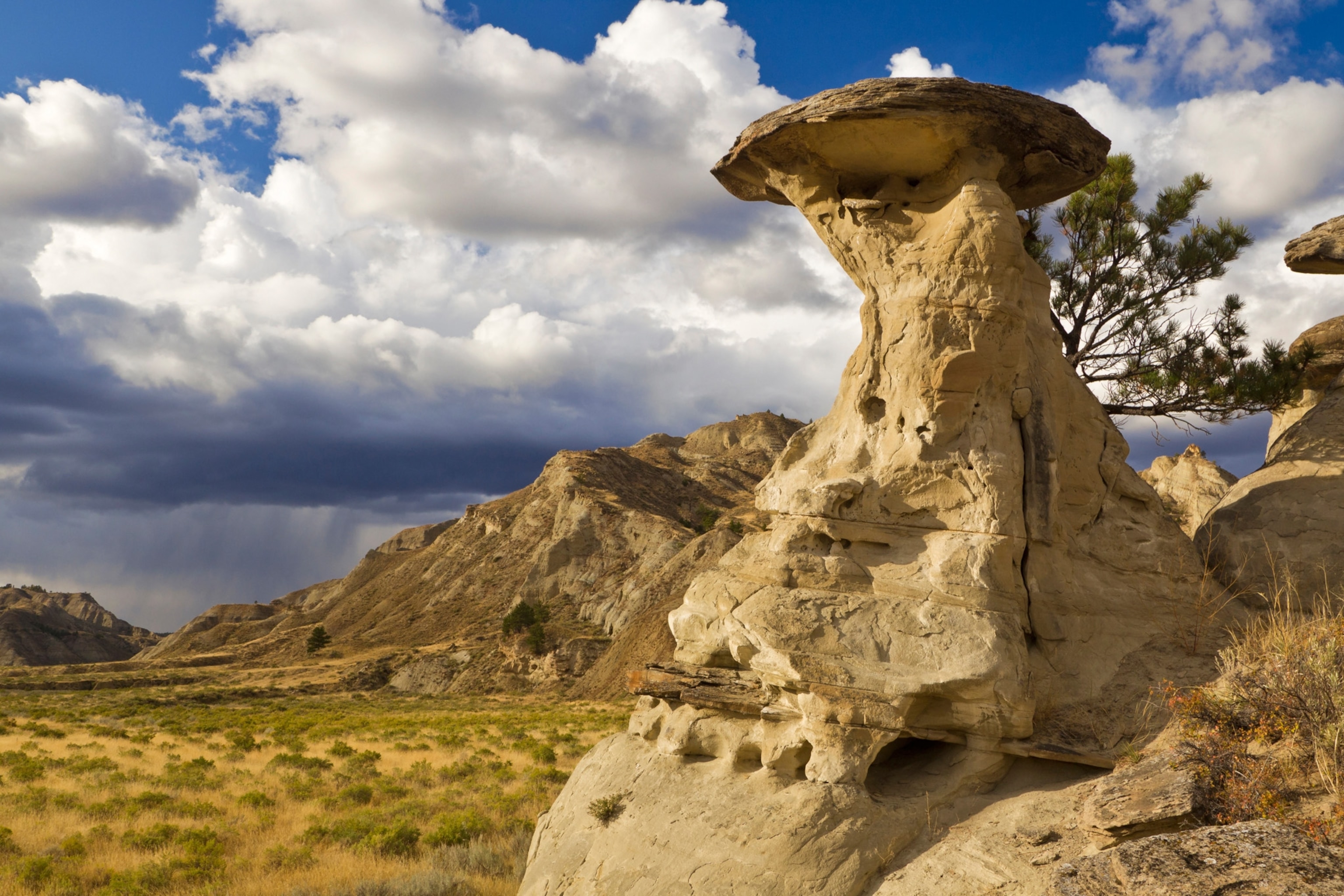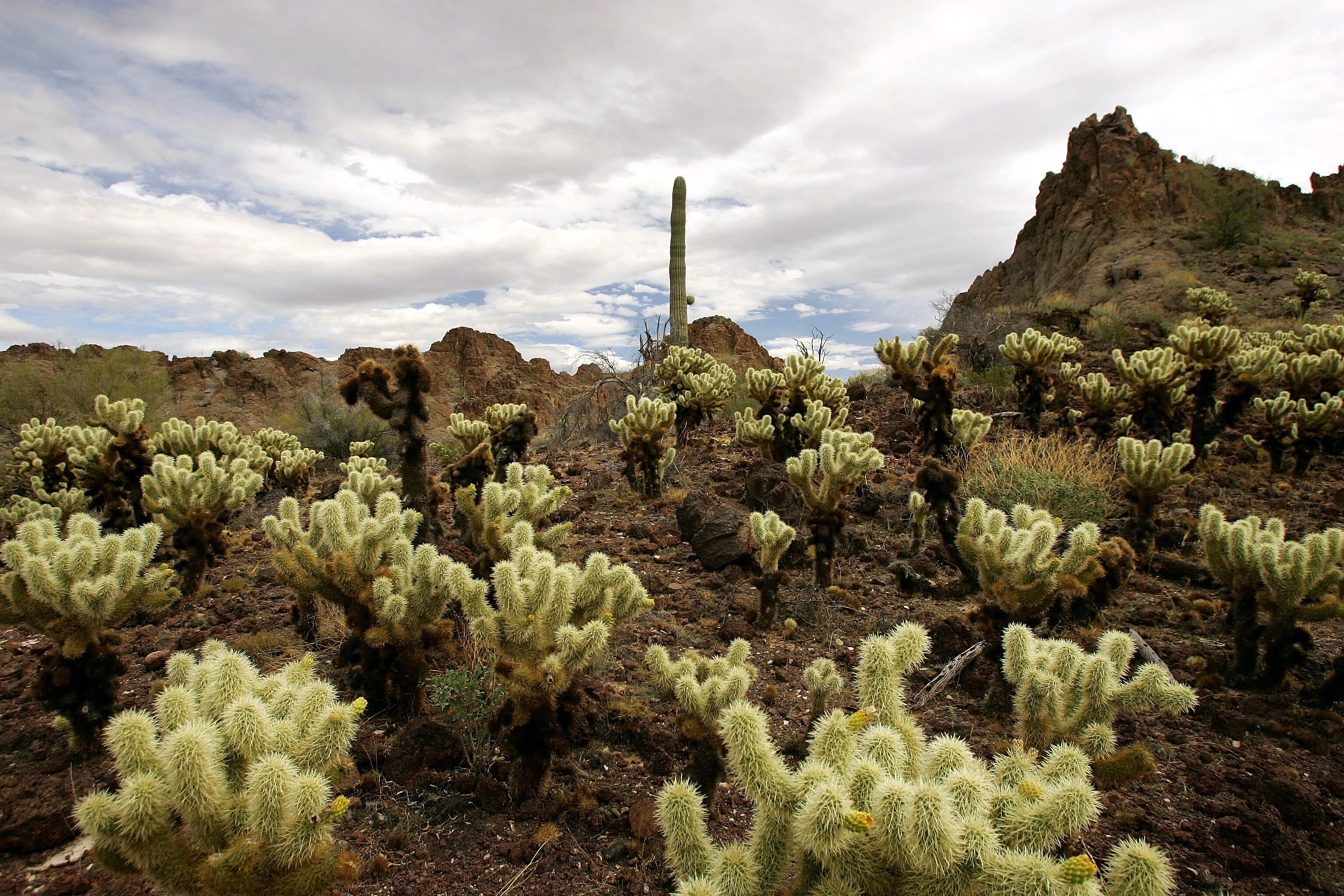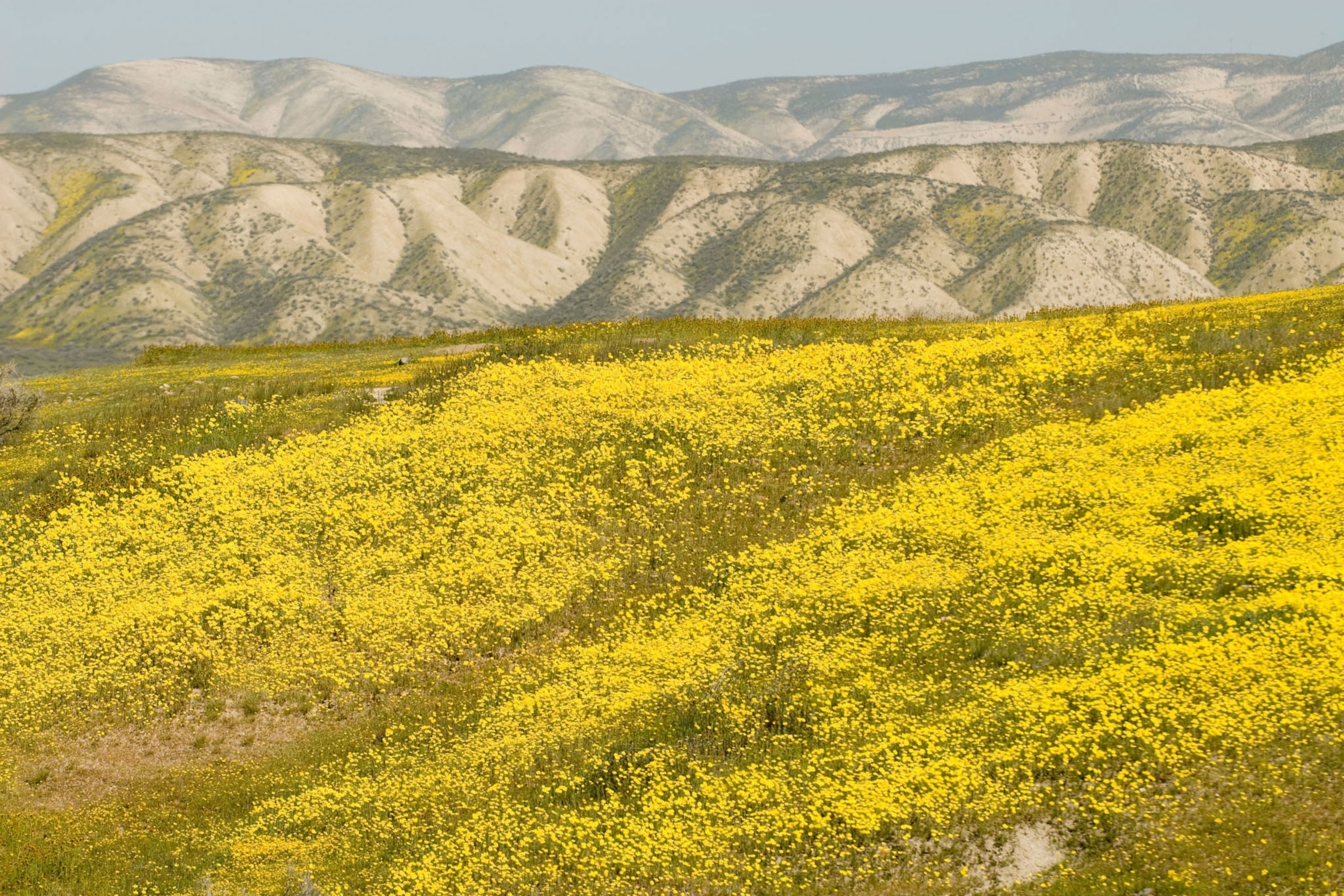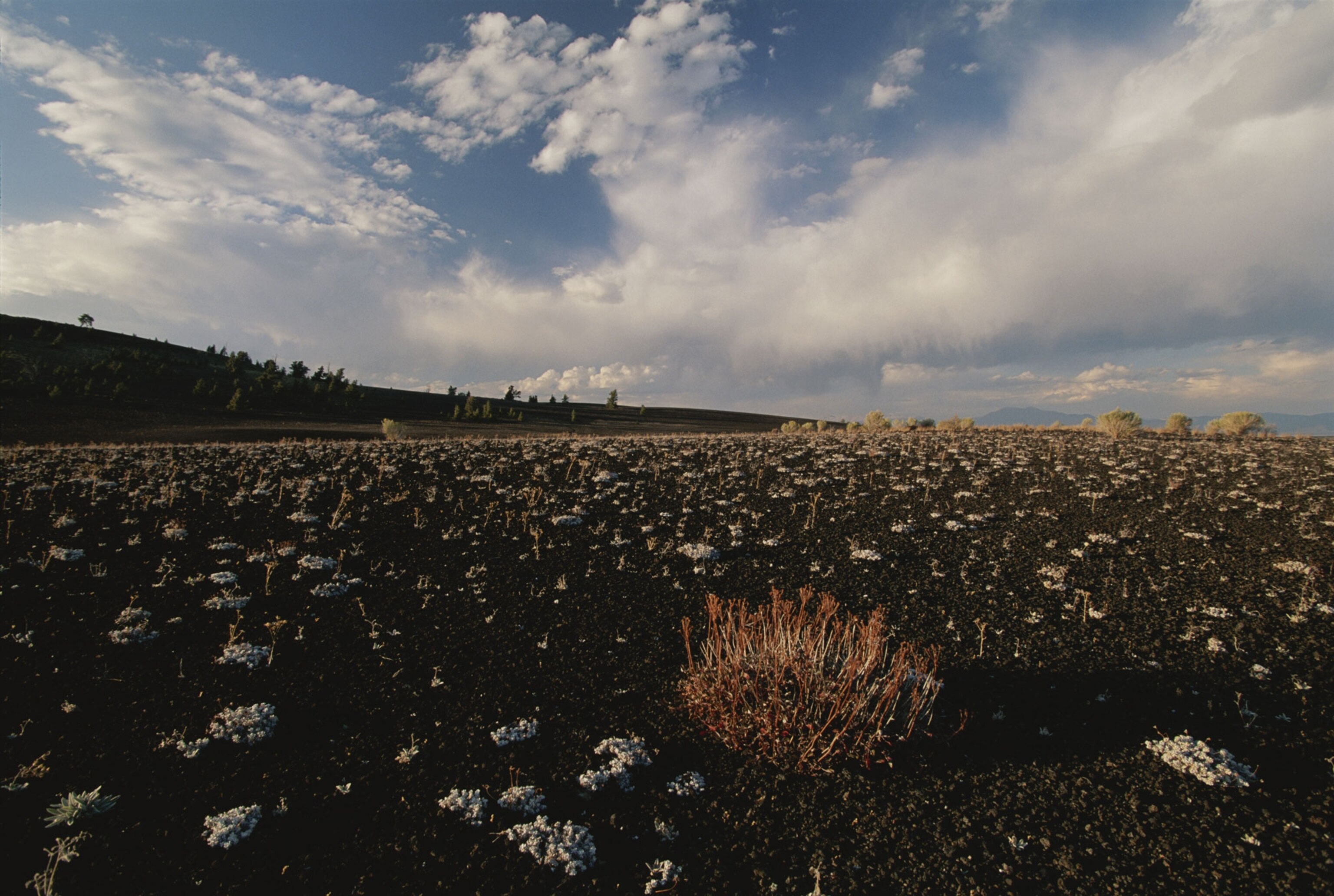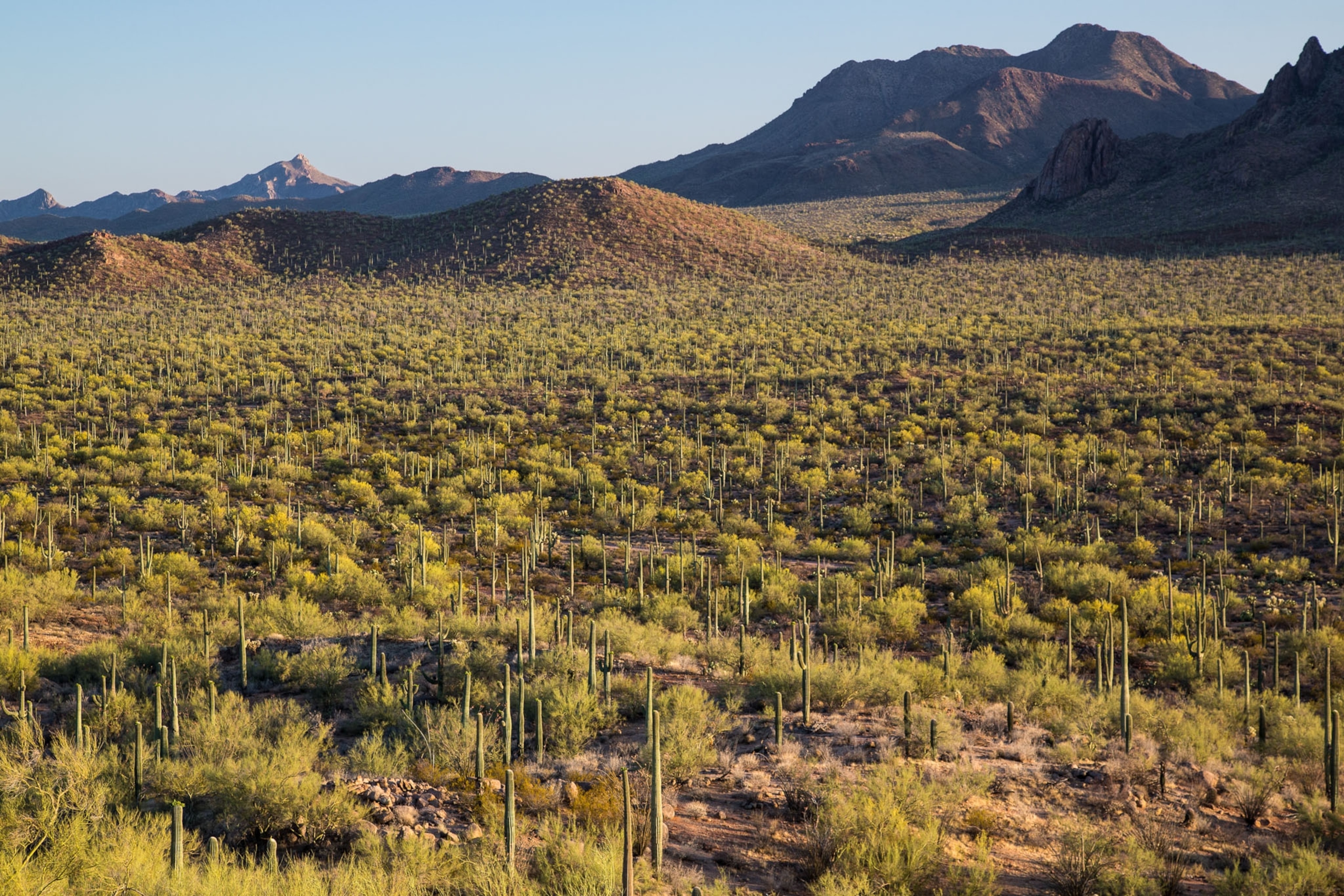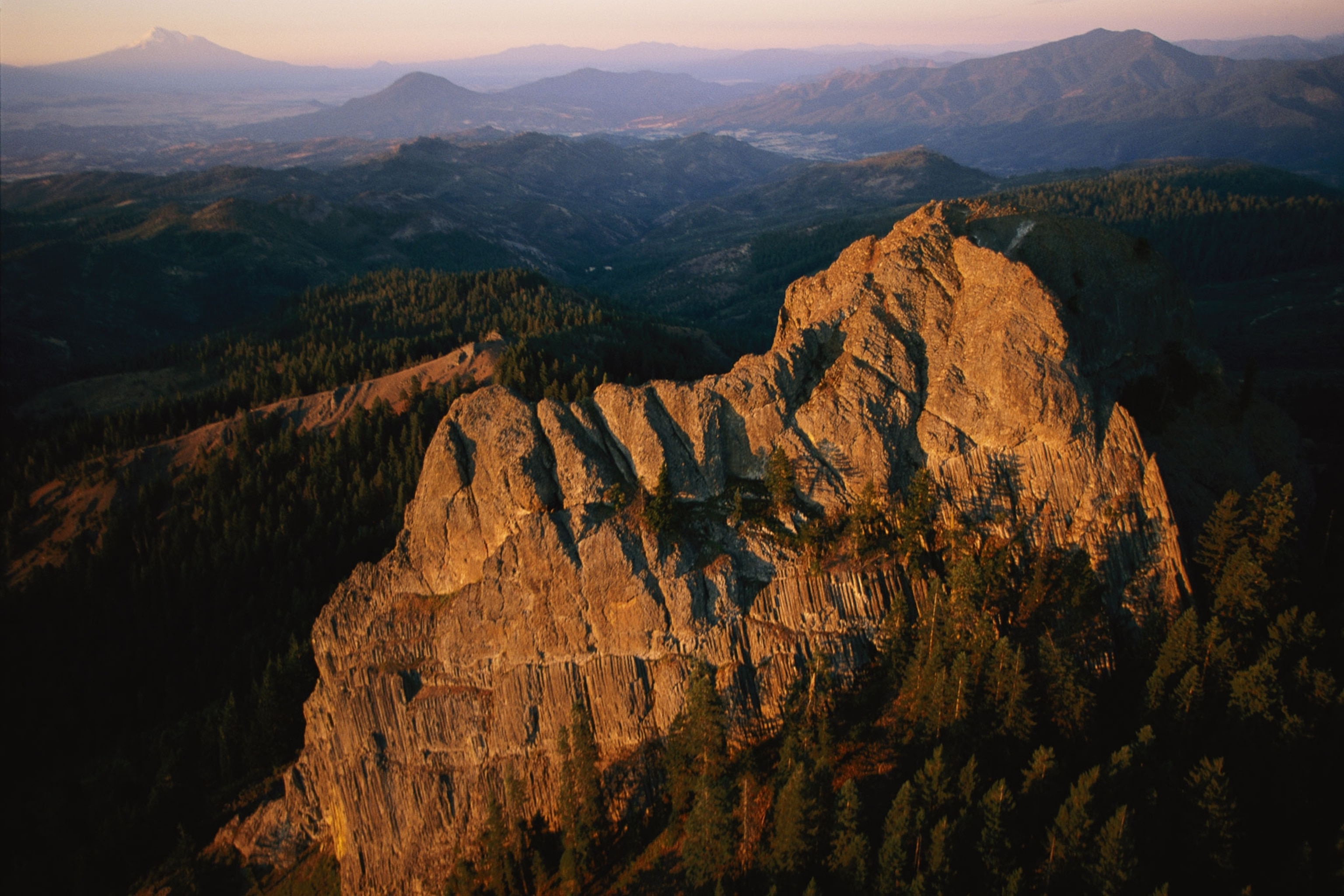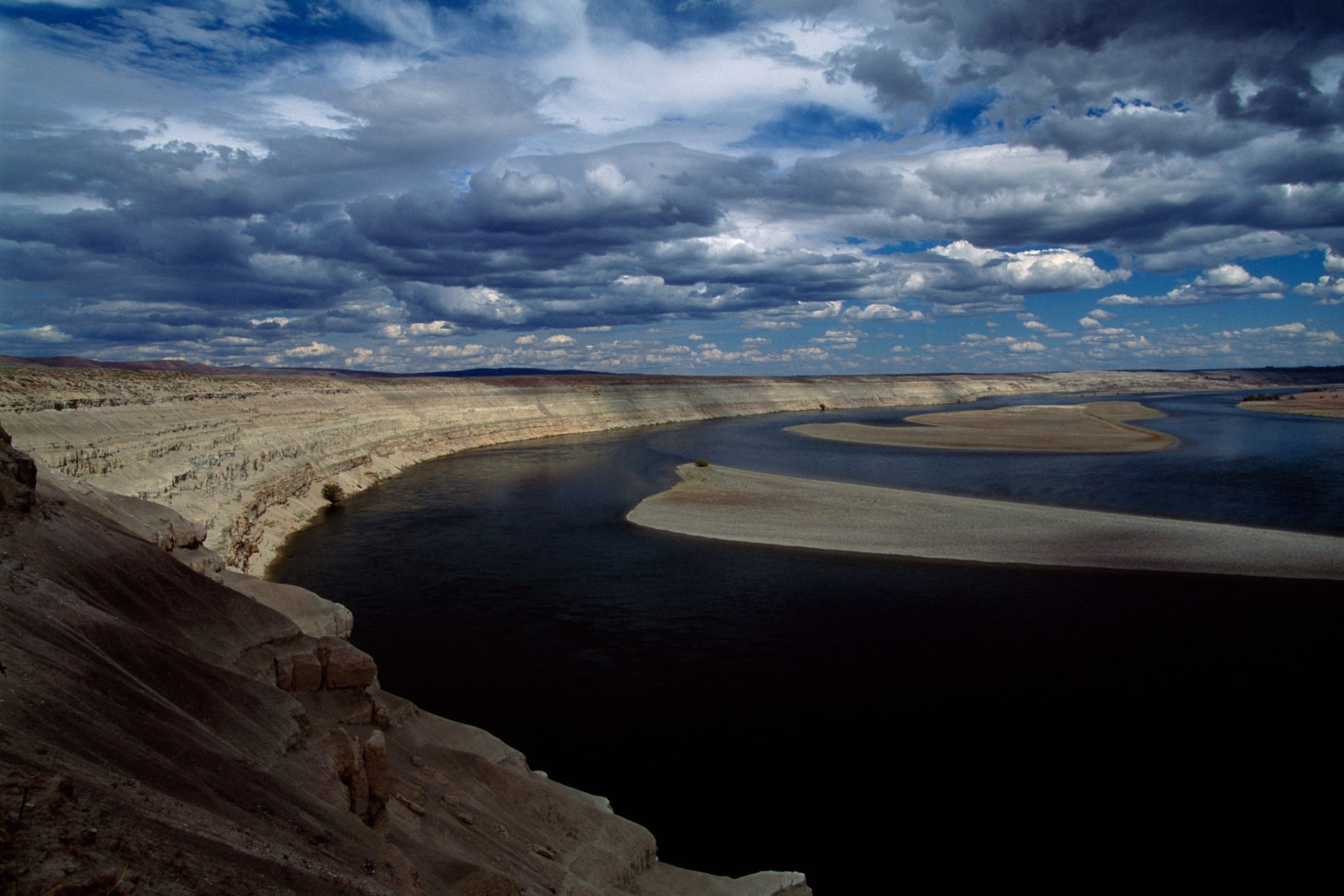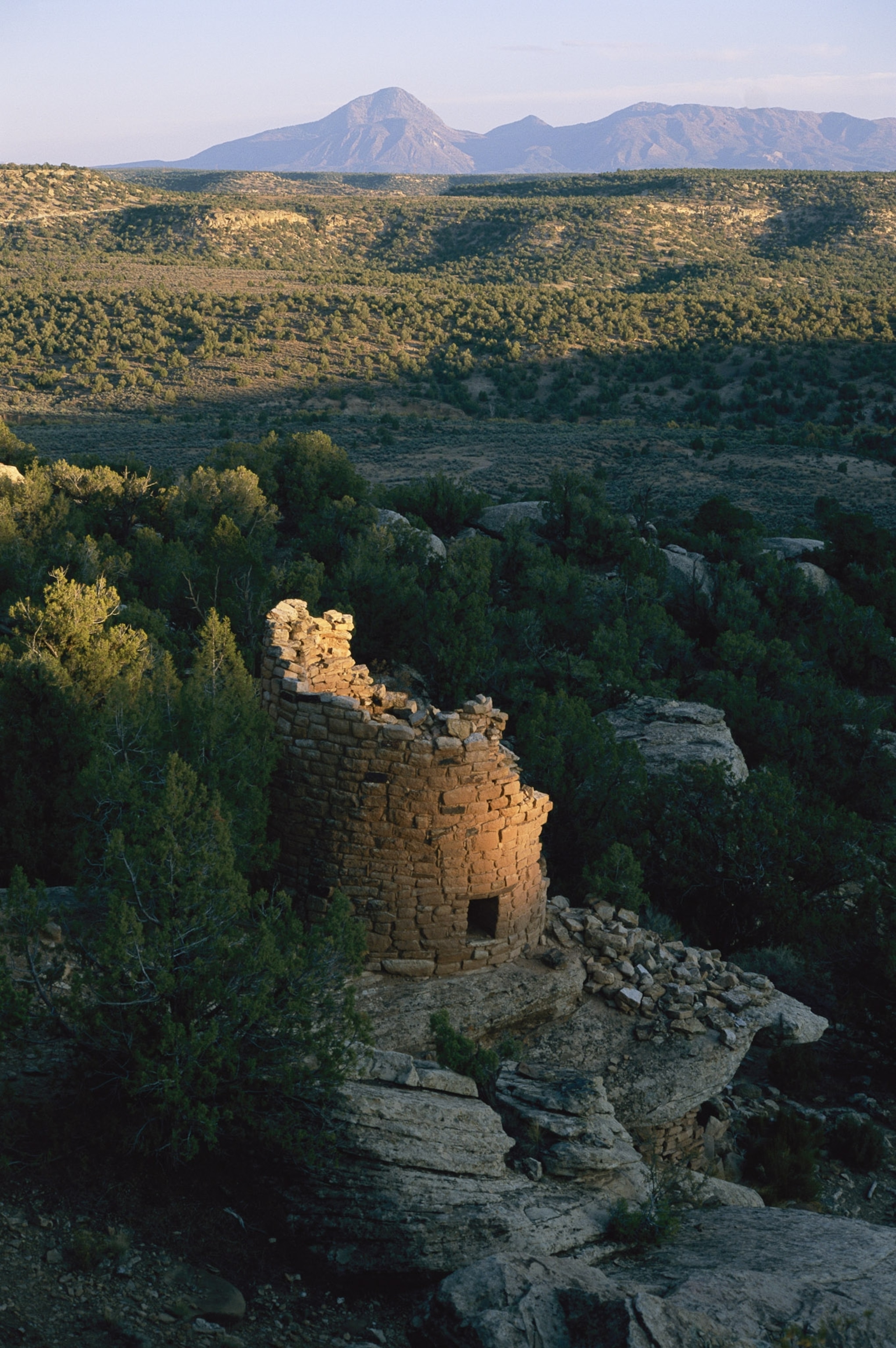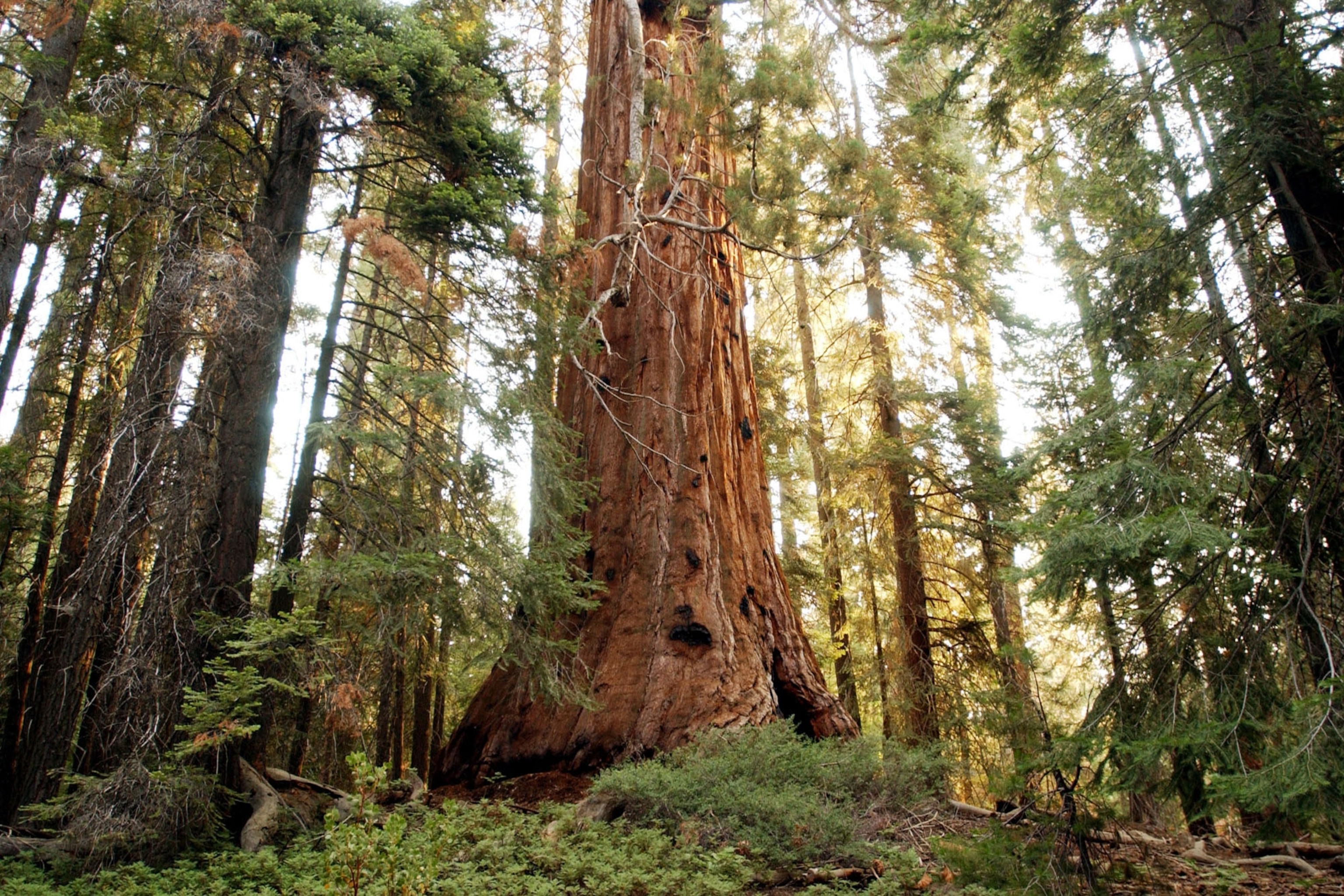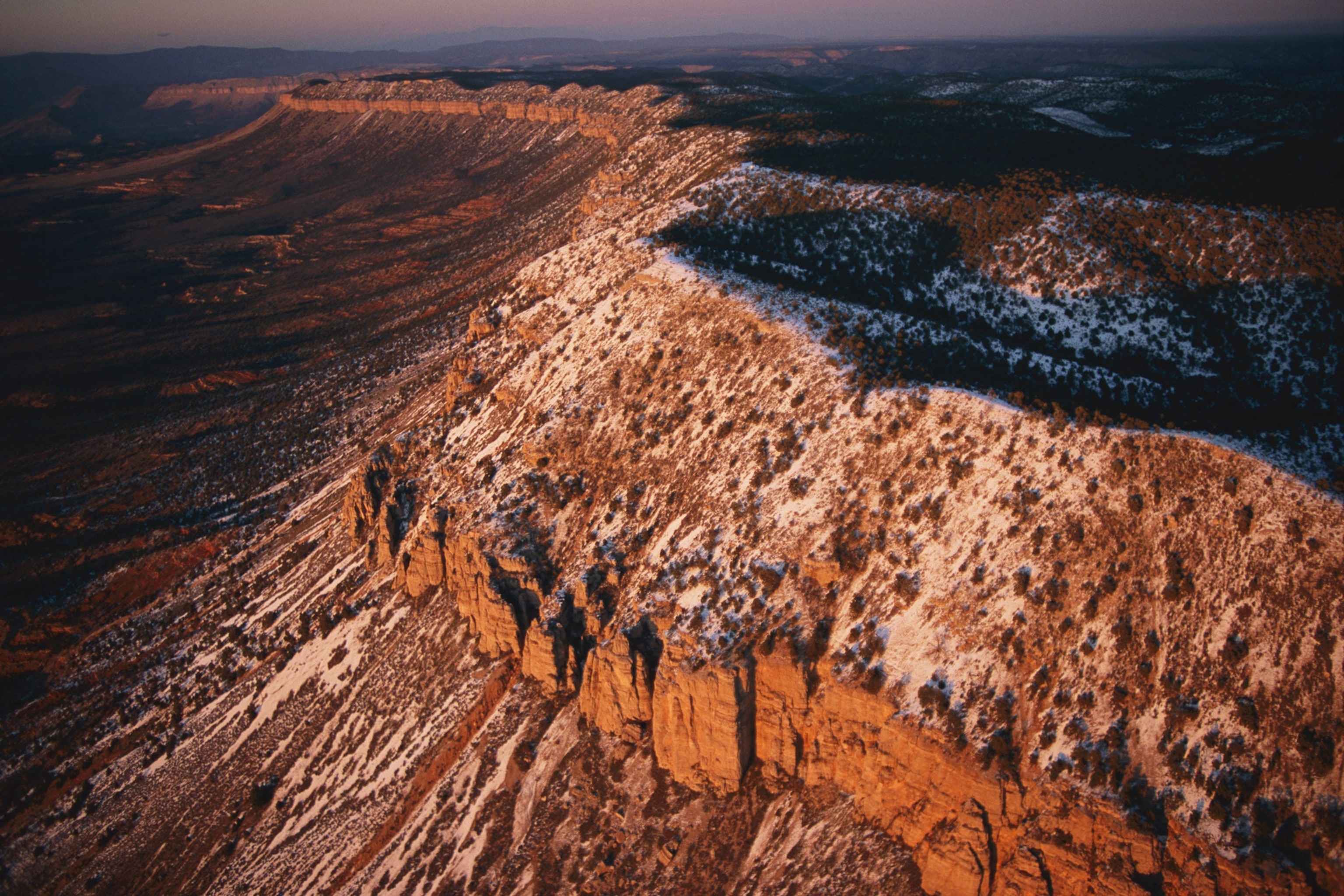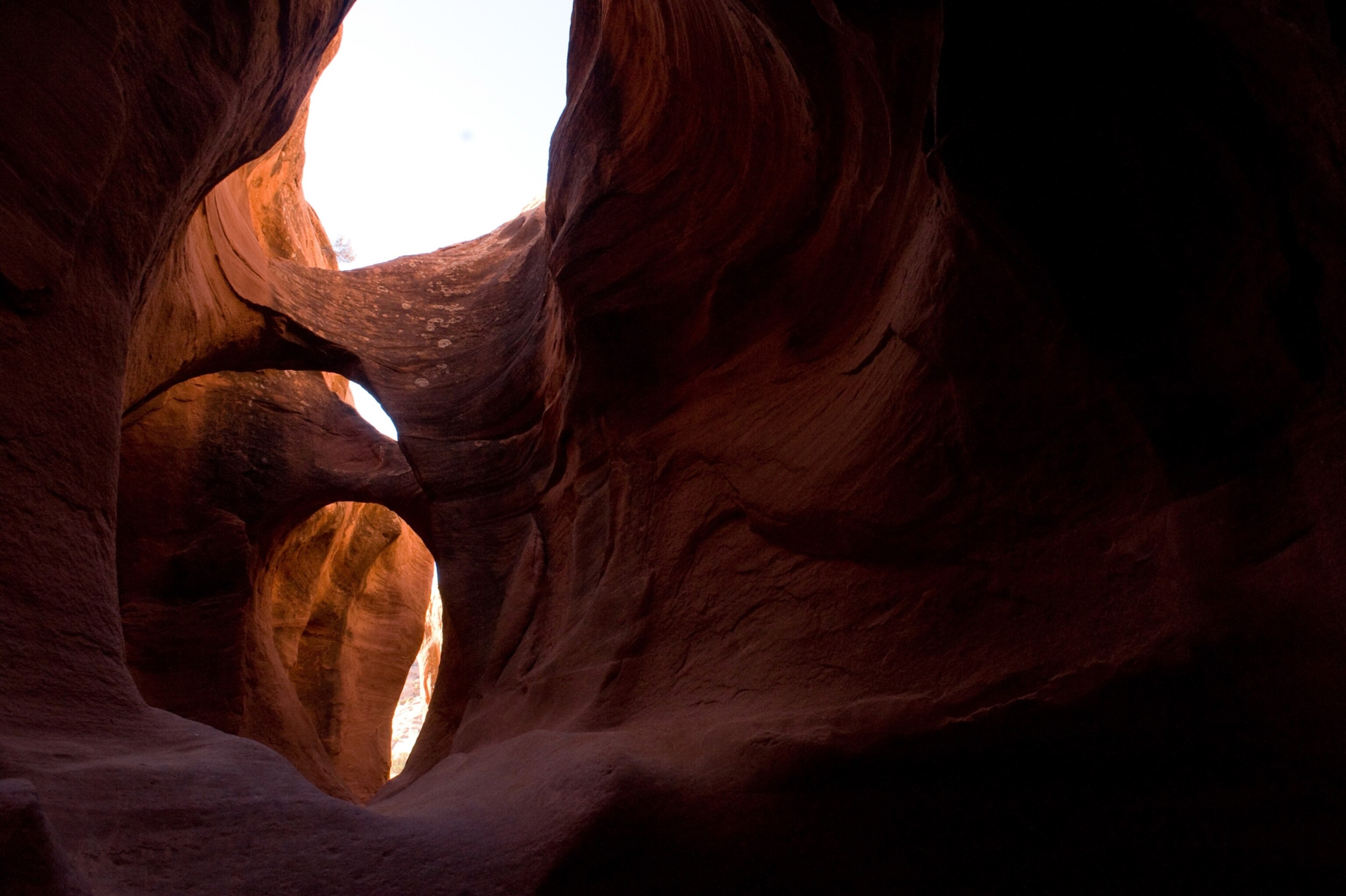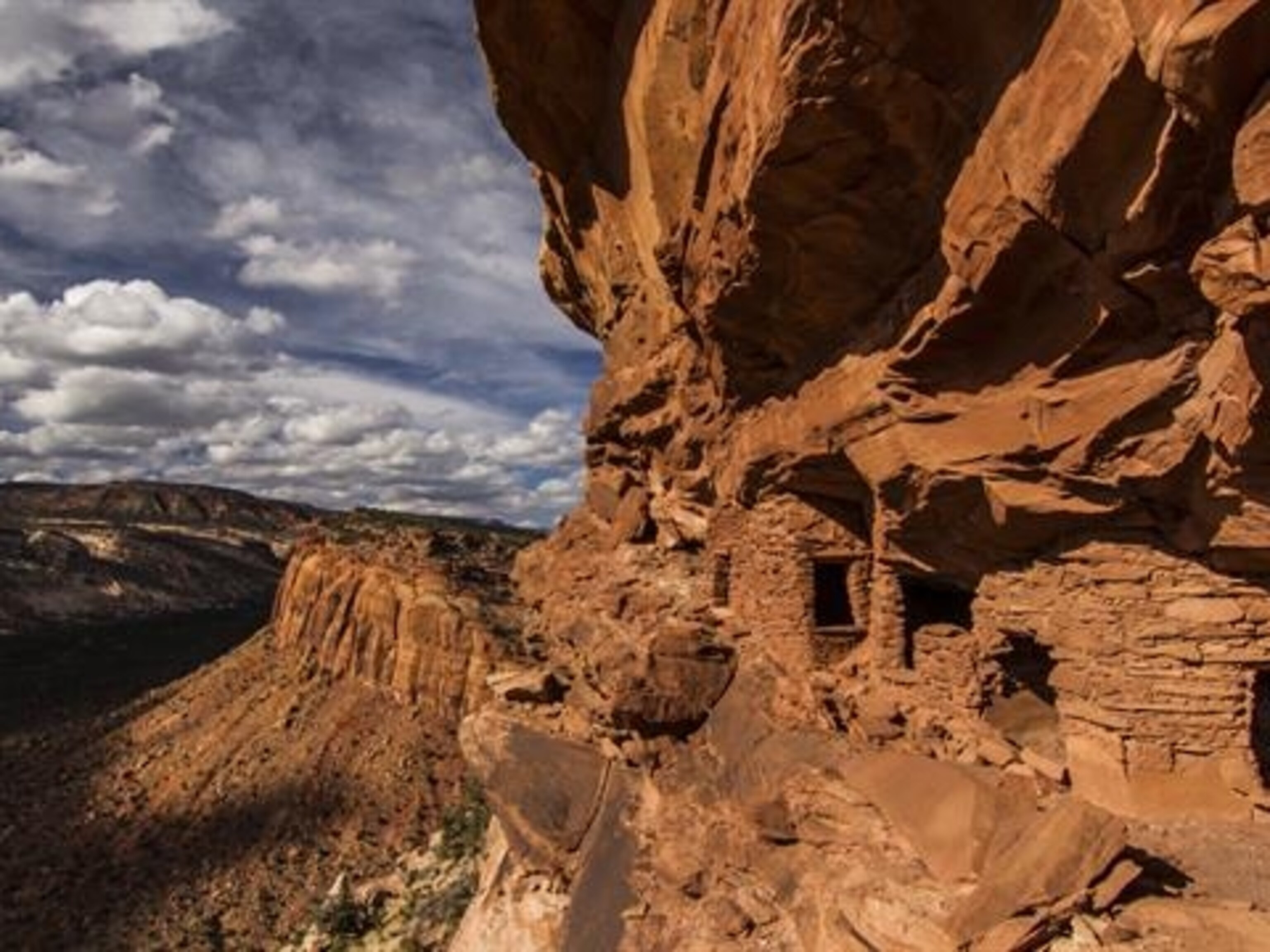Incredible Pictures of 27 National Monuments Under Threat
The public is invited to comment as Interior Secretary Ryan Zinke tours monuments Utah politicians want abolished or shrunk.
Interior Secretary Ryan Zinke is touring a pair of controversial national monuments in Utah on horseback this week at the behest of President Trump, who is reconsidering their merits. Zinke's four-day visit will take in Bears Ears and Grand Staircase-Escalante in southern Utah, the main targets in a review of 27 large monuments Trump ordered last month. The president assigned Zinke to examine whether his predecessors over-stepped their authority and made these monuments too large or ignored objections from the public.
The monuments under review are those created since 1996 by Presidents Clinton, Bush, and Obama. All but one are at least 100,000 acres in size. Bears Ears, which totals 1.35 million acres, was created by Obama in the final days of his presidency. The 1.7-million-acre Grand Staircase was designated by Clinton in 1996.
Utah lawmakers have been steamed for more than two decades about the creation of the Grand Staircase, which essentially locked up Utah’s largest coal seam. They want the monument’s size to be reduced so the coal can be mined. They also have been pushing to have Bear Ears revoked since Obama created it.
A public comment period begins May 12. Information about submitting comments online or by mail can be found at the Interior Department’s website here.
The Antiquities Act, passed by Congress and signed into law by President Theodore Roosevelt in 1906, gives the president broad authority to set aside federal land for protection as national monuments. No president has ever revoked any monuments named by his predecessors; the question of whether a president can revoke a national monument has never been tested in court. The law does not require presidential consultation with anyone prior to creating a new monument. The Supreme Court dealt with the issue of size when it upheld Roosevelt’s designation of the Grand Canyon National Monument in 1908.
Congress has the authority to abolish monuments outright, but it rarely does largely because of monuments’ popularity with the public. More often, Congress has resized monuments, including Grand Staircase.
In addition to the Utah monuments, two others that have drawn fire are on Trump’s list:
The creation of the 4,913-square-mile Northeast Canyons and Seamounts Marine National Monuments in the Atlantic Ocean off New England has been challenged in court by five commercial fishing organizations, in part because commercial fishing is now prohibited within the monument’s boundaries. And, the 87,560-acre Katahdin Woods and Waters National Monument in Maine, also created by Obama, was added to the list after Gov. Paul LePage complained that there had not been adequate public comment before its designation. It is the only monument under review smaller than 100,000 acres.
Zinke, a Republican and fifth generation Montanan who touts his western heritage, rode horseback to the Interior Department on his first day on the job. A Republican, he served as Montana’s lone congressman before Trump tapped him for Interior and says his voting record reflects a philosophy about public lands that aligns with Roosevelt’s legacy as the conservation president.
Zinke resigned as a delegate to the Republican National Convention last summer because he disagreed with a party platform plank that endorsed the transfer of public lands to the states.
The Interior Department “is the steward of America’s greatest treasures and the manager of one-fifth of our land,” Zinke said in a statement. “Part of being a good steward is being a good neighbor and listening to the American people who we represent.”
He said the review “finally gives voice to local communities and states” and added “there is no pre-determined outcome on any monument.”
Details about the monuments under review are from presidential proclamations published in the Federal Register as well as Interior Department websites for each of the monuments.
